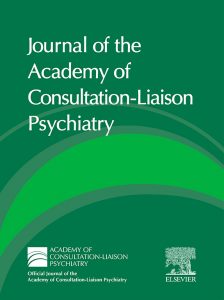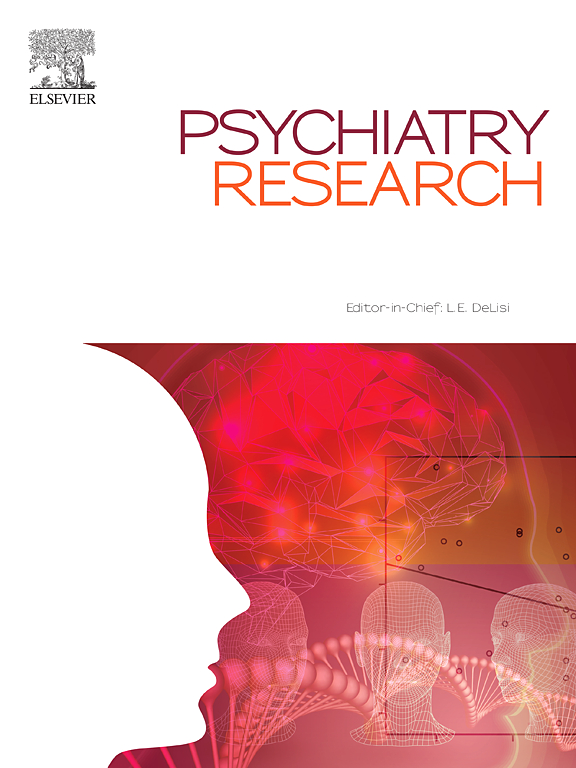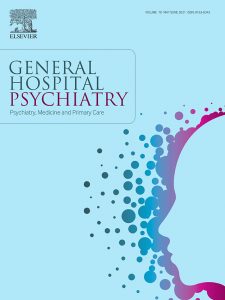Authors: Stéphanie Hamel, PhD, et al.
Abstract: In a study of 124 emergency department patients, the authors aimed to document the association between panic disorder (PD) or generalized anxiety disorder (GAD) and noncardiac chest pain (NCCP)-related disability. Their second objective was to validate an explanatory model of these associations.
PD appears to be more closely associated with NCCP-related disability than GAD. Among patients with NCCP and comorbid PD or GAD, heart-focused anxiety was the main psychological determinant of the development or maintenance of NCCP-related disability in the six months following an emergency department visit.
In more than half of patients who visit an emergency department for chest pain, no clear cardiac or organic cause is identified. In 30% to 90% of cases, these episodes reoccur in the years following the first medical evaluation and are associated with long-term disability in work and daily activities, and reduced social participation in up to 63% of patients.
“While treating comorbid PD or GAD may appear to be a promising strategy to reduce the burden of NCCP,” say the authors, “the literature indicates that such interventions may not lead to satisfactory improvements.
“This suggests that the factors associated with those anxiety disorders might be responsible for the increased burden of NCCP in patients with comorbid PD or GAD rather than the disorders themselves, an hypothesis that is supported by theoretical models of NCCP.”
Anxiety sensitivity, which can be defined as a fear of anxiety-related sensations due to the belief that they could have harmful consequences, is one of these factors. Elevated anxiety sensitivity has been associated with both PD and GAD as well as with higher rates of NCCP recurrence and interference in daily functioning. Another factor of interest is heart-focused anxiety, defined as the fear of cardiovascular symptoms and their anticipated negative consequences.
Indeed, heart-focused anxiety is common in patients with NCCP and appears to be a mediator of the efficacy of its treatment. Patients with PD also tend to report elevated levels of heart-focused anxiety. Furthermore, a high level of heart-focused attention, one of the components of heart-focused anxiety, has been observed in patients with PD, GAD or NCCP.
“This heightened attention increases the likelihood of perceiving the feared sensations and may contribute to the exacerbation of their intensity, thereby increasing the fear and avoidance of cardiac sensations, as well as and related reassurance-seeking behaviors.”
Alexithymia, which refers to a difficulty identifying and describing emotions, a paucity of fantasy life, and external-oriented thinking, has been associated with PD, GAD, and NCCP. Indeed, the difficulty relating somatic symptoms to affects that characterize alexithymia may increase the likelihood of incorrectly attributing NCCP to a potentially serious medical condition, thus increasing its impact on the patients’ functioning.
Therefore, anxiety sensitivity, heart-focused anxiety and alexithymia are associated with PD and GAD and may be involved in the development and maintenance of NCCP-related disability—shown by the authors in an explanatory model of psychological pathways for NCCP-related disability presented in the paper.
Importance: In patients with NCCP and comorbid PD or GAD, heart-focused anxiety appears to be a proximal psychological determinant of NCCP-related disability. Targeting this construct could help improve everyday functioning and reduce the burden of NCCP in these patients.
Availability: Pre-publication in the Journal of the Academy of Consultation-Liaison Psychiatry (JACLP).






